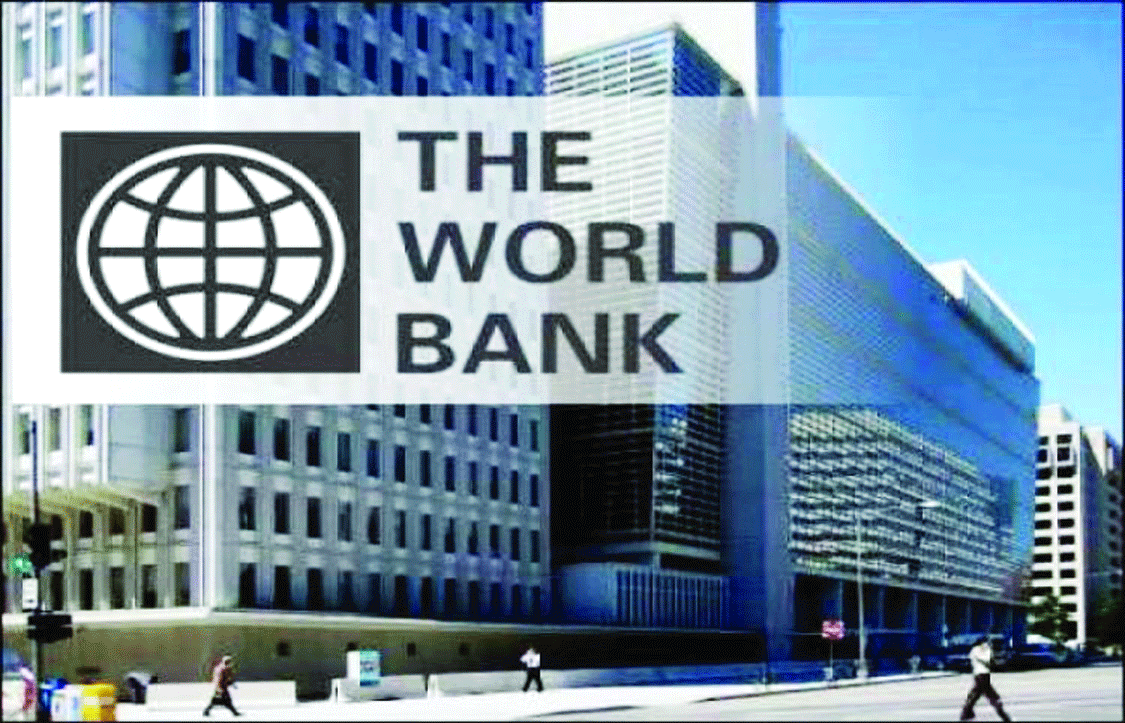Our Terms & Conditions | Our Privacy Policy
Pakistan’s poverty headcount jumps to 44.7% under new World Bank threshold
Pakistan’s poverty rate has risen sharply to 44.7% under newly revised global income thresholds introduced by the World Bank, up from the previous estimate of 39.8%. However, economists caution that this updated figure may still not reflect current realities, as it is based on outdated 2018–19 Household Income and Expenditure Survey (HIES) data.
The World Bank announced on Thursday that it had updated its international poverty lines to reflect changes in the global cost of living, using 2021 purchasing power parities (PPPs). For lower middle-income countries like Pakistan, the new poverty threshold is now $4.20 per person per day, compared to the earlier $3.65 benchmark.
“Due to the upward revision, the poverty ratio has jumped from 39.8% to 44.7% on the threshold of $4.20 per day,” said Christina Wieser, the World Bank’s Senior Poverty Economist, during a media briefing.
Alongside this adjustment, the extreme poverty line has also been revised from $2.15 to $3 per person per day. This recalibration has pushed the percentage of Pakistanis living in extreme poverty to 16.5%, a dramatic increase from 4.9% under the older standard.
Wieser explained that the spike stems from a large portion of Pakistan’s population earning between the old and new thresholds:
“One of the reasons for such a high jump was that the majority of people were clustered around the $2.15 to $3 per day income level.”
According to the World Bank, approximately 82% of this increase in extreme poverty is attributable to changes in global poverty lines, which now better reflect updated national thresholds in comparator countries. The remaining 18% is explained by domestic price inflation in Pakistan between 2017 and 2021.
Despite the updated poverty definitions, Wieser confirmed that Pakistan’s 2023 census data has not yet been incorporated. Instead, the United Nations population dataset was used, and the estimates still rely on the 2018/19 HIES survey, leaving out more recent shocks, including COVID-19 and the 2022 floods, which displaced millions.
“Anything that has affected since 2019 is not included, neither COVID-19 nor the 2022 floods,” she said. “We are desperately looking forward to the new household integrated economic survey to update our baseline.”
Pakistan’s official national poverty rate, based on the same 2018–19 survey, remains at 21.9%, but since national lines vary from country to country, these figures are not internationally comparable, the World Bank clarified.
“International poverty lines are essential for tracking global progress and comparisons, but national lines remain more appropriate for informing country-specific policy decisions,” Wieser noted.
The Bank also emphasized that the new thresholds do not imply a deterioration in living standards, but rather better cross-country comparability.
“The new figures reflect updated international thresholds and improved data from other countries, not deterioration in living standards,” Wieser said.
Najy Benhassine, the outgoing World Bank Country Director for Pakistan, added:
“The revisions help position Pakistan’s poverty levels in a global context and underscore the importance of continued efforts to reduce vulnerability and improve resilience.”
The World Bank is set to release its “Poverty, Equity, and Resilience Assessment” for Pakistan, which will provide deeper insights into poverty drivers, inequality trends, and non-monetary outcomes, aiming to help shape a forward-looking strategy for inclusive development.
While the international poverty line is used for cross-country comparisons, the Bank reiterated that the national poverty line remains the appropriate tool for local policy and program design.
“To maintain accurate global comparisons, the World Bank periodically updates these poverty lines,” Wieser explained. “The methodology remains consistent with past updates, starting from the original dollar-a-day line introduced in 1990.”
Pakistan is among the countries seeing the largest increases in poverty headcount when transitioning to 2021 PPP-based poverty lines, especially under the low-income classification, the World Bank stated.
Images are for reference only.Images and contents gathered automatic from google or 3rd party sources.All rights on the images and contents are with their legal original owners.



Comments are closed.